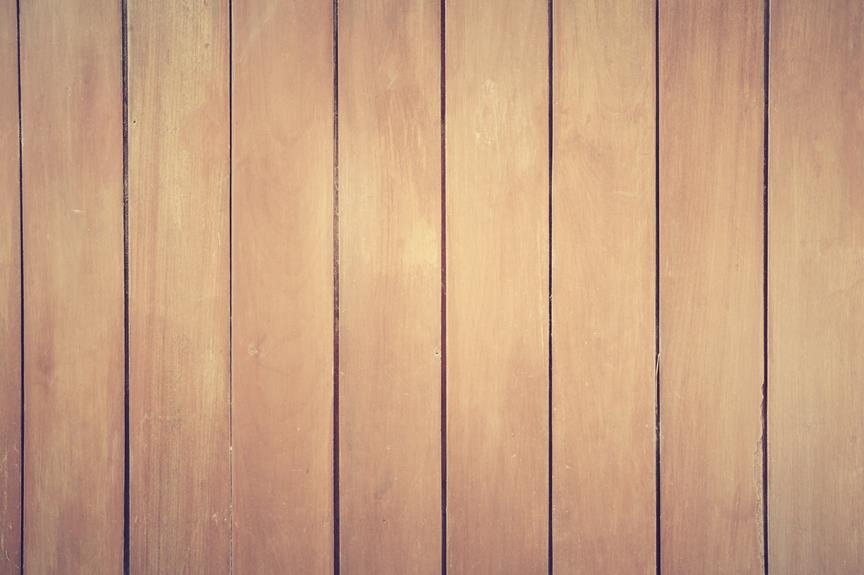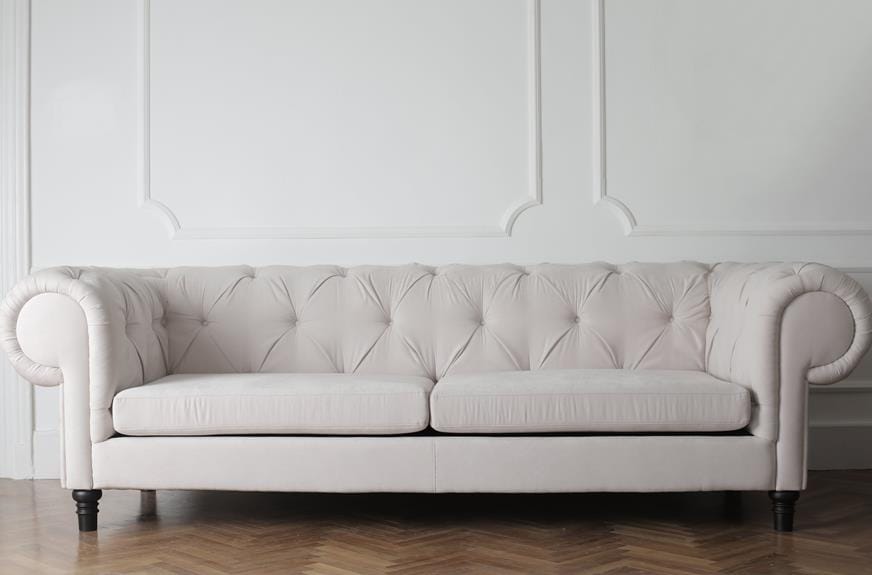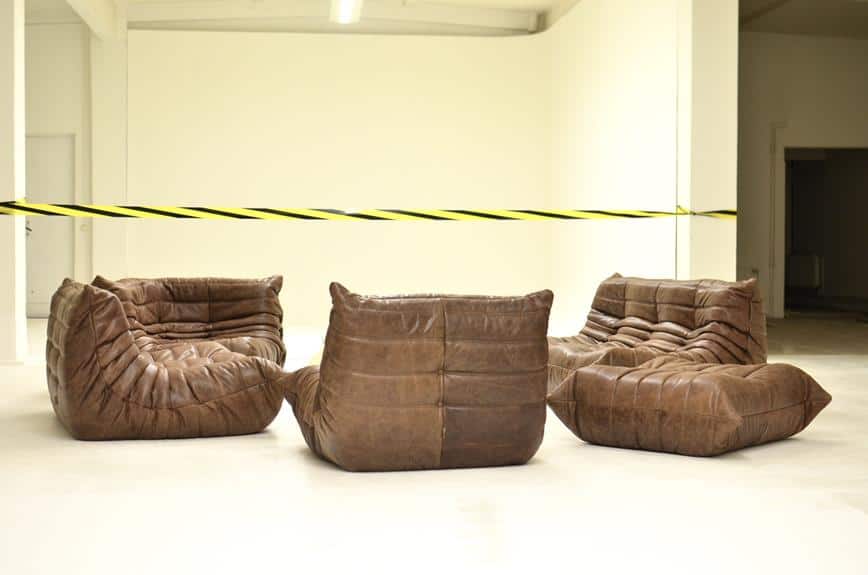Leveling a floor for vinyl planks involves several steps. First, you need to check the subfloor for flatness, stability, and moisture. This will ensure that the floor is suitable for vinyl plank installation.
If there are any high areas on the subfloor, you will need to sand them down to create a level surface. On the other hand, if there are any dips or low areas, you will need to fill them with a self-leveling compound. This compound will help to even out the floor and create a smooth surface.
To level the floor effectively, it is important to use the right tools. Trowels and sanders are commonly used to apply and smooth the leveling compound. Make sure to follow the manufacturer's instructions when using these tools.
Before applying the vinyl planks, you should clean and prime the leveled area. This will improve the adhesive quality and ensure a smooth finish.
Lastly, you need to give the leveling compound enough time to dry. Follow the manufacturer's drying time instructions to prepare the surface for the vinyl planks.
Proper floor leveling is crucial for the success of your vinyl plank installation. It helps to prevent future issues and maintain the longevity and appearance of the floor.
Assessing the Subfloor
Assessing the subfloor is essential before installing vinyl planks to ensure durability, visual quality, and structural soundness. Vinyl planks are thin and flexible, so any subfloor irregularities can cause uneven wear or damage to the flooring.
The assessment involves checking the subfloor for dips or high spots with a level or laser. Concrete subfloors, common in new buildings, may have developed imperfections over time or might not be perfectly level.
For significant leveling, a self-leveling compound like Henry 555 is used to create a flat surface. For minor irregularities, a patching material such as Henry 345 can be applied. Sanding high spots and filling low areas with patching materials corrects these issues.
Gathering Necessary Tools
To prepare a subfloor for vinyl plank installation, begin by checking for imperfections and leveling the surface. Use a self-leveling compound to correct any uneven areas. This compound quickly creates a flat surface ideal for vinyl planks, which require a level base to prevent damage.
When working with a concrete subfloor, apply a concrete leveler to fix any irregularities. A moisture barrier or primer might be necessary before the compound to promote adhesion and protect against moisture damage to the planks.
Utilize a long trowel or embossing leveler to spread the leveling compound evenly, preventing new uneven spots. For high spots, carefully use a belt sander to grind them down without causing dips in the floor.
Additional materials include vinyl patch or skimming compounds suitable for the specific subfloor type. For floated floors, fine sand can be used to achieve levelness. Consult professionals for advice on best practices for preparing a subfloor for vinyl planks to ensure a stable and attractive finish.
Prepping the Area
Clear the area by removing furniture, rugs, and debris.
Clean the floor thoroughly, focusing on removing adhesive residue from linoleum.
Repair any cracks or holes with concrete patching compound to create a smooth base.
Eliminate concrete dust with a sweep and damp mop.
Ensure the floor is dry before applying leveling compounds.
Use a moisture barrier or primer to prevent adhesion issues and protect against moisture.
This prepares the floor for successful vinyl plank installation.
Applying Leveling Compound
When applying leveling compound for vinyl plank flooring, there are a few important steps to follow.
First, it is crucial to clean the surface thoroughly to remove any debris and dust. This will ensure that the leveling compound adheres properly to the subfloor.
Next, it is important to address any significant dips or cracks in the concrete before applying the leveling compound. These imperfections should be filled in and smoothed out to create a level surface for the flooring.
To slow the drying of the leveling compound and allow for proper curing, dampen the area with a wet sponge before application. This will help prevent the compound from drying too quickly and ensure a more even and smooth finish.
Using a metal trowel, evenly spread the leveling compound into the low points on the subfloor. This will help create a smooth base for the vinyl plank flooring.
After applying the leveling compound, it is crucial to allow it to dry completely before proceeding with the installation of the vinyl plank flooring. Follow the manufacturer's guidelines for drying time to ensure that the compound has fully cured and is ready for the next steps.
If you are installing floated floors that require fine sand leveling, evenly distribute the sand and make sure it is dry before proceeding. It is also important to check with professionals to ensure that this method is compatible with your flooring warranty.
Lastly, if you are leveling over linoleum, use a belt sander to smooth any high spots before applying the leveling compound.
To make the best choices for your project, consult with experts and read product specifications to select the right products and underlayments for your vinyl plank flooring.
Finishing and Drying
After applying the leveling compound, it is important to allow it to dry completely before installing vinyl planks. The manufacturer's recommended drying time must be followed, as proper drying is essential for maintaining the levelness of the floor. Different products and environmental conditions such as humidity and temperature will affect drying times.
During the drying process, keep checking the concrete subfloor to ensure it remains flat and smooth. Address any issues immediately before the compound hardens.
When the compound is dry, inspect the surface for cleanliness and absence of defects to ensure good adhesion for the vinyl planks.
Before laying the vinyl planks, make sure the subfloor is fully dry. Moisture can affect the adhesive and cause planks to warp or detach. Use a moisture meter to check the dryness of the compound if necessary.
Properly drying and leveling the subfloor helps prevent future flooring problems and leads to a durable and visually appealing vinyl plank floor.




